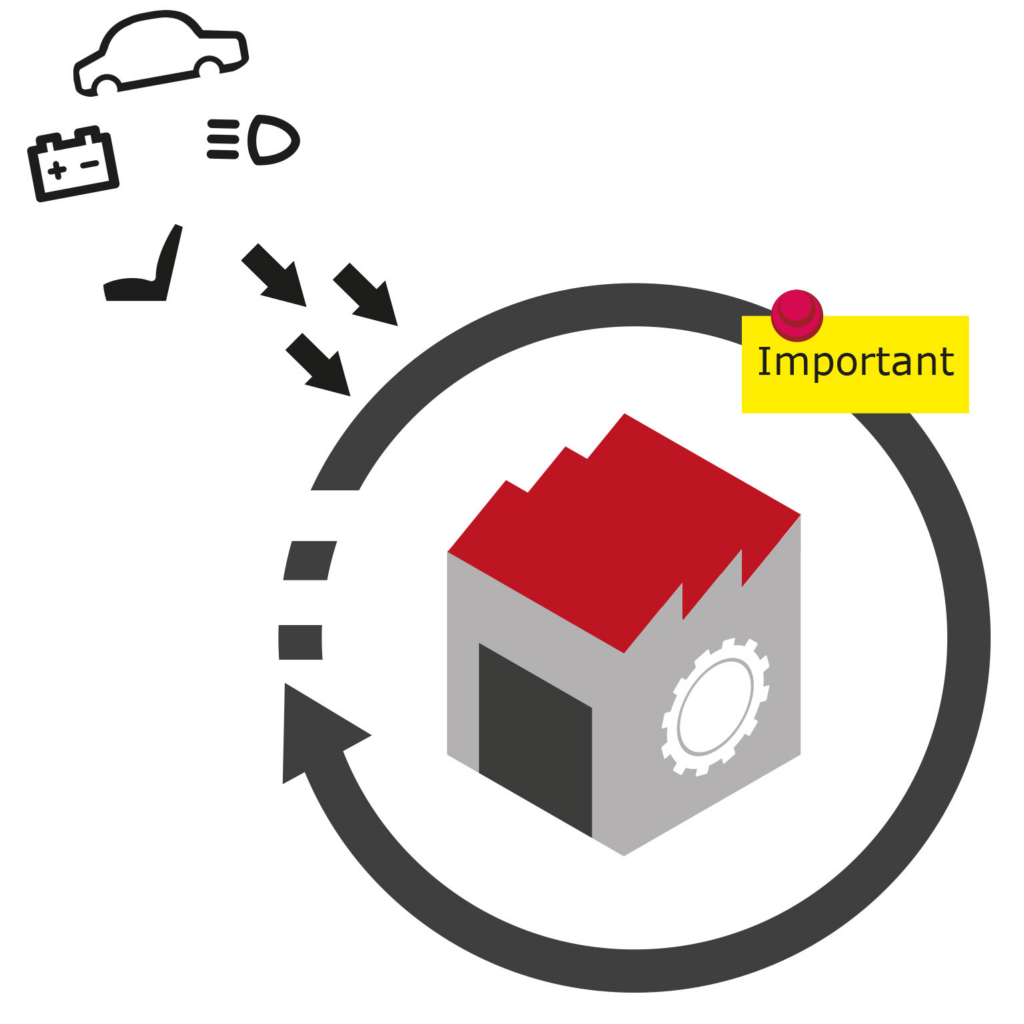
Inventory optimization is a critical aspect of supply chain management that involves strategically managing and controlling inventory levels to minimize costs while ensuring adequate product availability. It is a process that requires careful analysis, forecasting, and decision-making to strike a balance between inventory costs and customer service levels. In this article, we will explore the meaning and importance of inventory optimization. In addition, We also delve into various techniques that businesses can employ to achieve optimal inventory management. By understanding the significance of inventory optimization and the techniques involved, organizations. Business can enhance their operational efficiency, reduce costs, and improve customer satisfaction.
What is inventory optimization?

Inventory optimization refers to the process of maximizing the efficiency and effectiveness of inventory management within a business. It involves analyzing and fine-tuning various aspects of inventory, such as stock levels, replenishment strategies, demand forecasting, and order fulfillment, to achieve a balance between meeting customer demand and minimizing costs.
The goal of inventory optimization is to ensure that the right amount of inventory is available at the right time and in the right location, without incurring excessive carrying costs or risking stockouts. It aims to strike a balance between maintaining sufficient stock to meet customer demands and avoiding excess inventory that ties up capital and incurs storage costs.
Inventory optimization takes into account factors such as demand patterns, lead times, supplier reliability, production capacity, and customer service levels. By leveraging data analysis, statistical models, and advanced forecasting techniques, businesses can make informed decisions about inventory replenishment, order quantities, and inventory allocation across different locations or channels.
Why is inventory optimization important ?

Inventory optimization is important for several reasons:
Cost reduction
By optimizing inventory levels, businesses can reduce costs associated with carrying excess inventory. Holding excess inventory ties up capital and incurs expenses such as storage costs, insurance, and potential obsolescence. By accurately forecasting demand and adjusting inventory levels accordingly, companies can minimize carrying costs and improve overall profitability.
Improved customer service
Maintaining optimal inventory levels ensures that products are readily available to meet customer demands. By avoiding stockouts and backorders, businesses can enhance customer satisfaction and loyalty. Satisfied customers are more likely to make repeat purchases and recommend the business to others. leading to increased sales and revenue.
Efficient supply chain management
Effective inventory optimization helps streamline the entire supply chain. By aligning inventory levels with demand patterns, businesses can avoid bottlenecks and reduce lead times. This allows for smoother production and distribution processes, reducing operational inefficiencies and enhancing overall supply chain performance.
Demand forecasting accuracy
Inventory optimization relies on accurate demand forecasting. By analyzing historical data, market trends, and customer behavior, businesses can make more informed predictions about future demand. This helps in planning procurement, production, and replenishment activities, reducing the risk of excess or inadequate inventory.
Minimized stockouts and overstocking
Inventory optimization aims to strike a balance between stockouts and overstocking. Stockouts can result in lost sales, dissatisfied customers, and missed revenue opportunities. On the other hand, overstocking ties up capital, incurs unnecessary costs, and increases the risk of inventory obsolescence. By optimizing inventory, businesses can minimize both scenarios, achieving a more efficient inventory management process.
Better cash flow management
Optimizing inventory levels can improve cash flow management. By reducing excess inventory, businesses can free up capital that can be reinvested in other areas of the business or used for strategic initiatives. This helps improve liquidity and financial stability, enabling businesses to respond to market changes and seize growth opportunities.
Inventory optimization techniques

Here are some commonly used techniques for inventory optimization:
ABC Analysis
This technique involves categorizing inventory items into three groups based on their value and usage. The categories are typically “A” for high-value items with high demand, “B” for moderate-value items with moderate demand. And “C” for low-value items with low demand. By focusing on the high-value items, which often represent a significant portion of inventory costs, businesses can prioritize their efforts and allocate resources more effectively.
Economic Order Quantity (EOQ)
EOQ is a formula used to determine the optimal order quantity that minimizes the total costs of inventory, including holding costs and ordering costs. It considers factors such as demand, ordering costs, and carrying costs to find the balance between holding excess inventory and incurring frequent orders.
Just-in-Time (JIT) Inventory
JIT is an inventory management strategy that aims to minimize inventory levels by receiving goods from suppliers just in time for production or customer demand. By reducing the amount of on-hand inventory, businesses can lower holding costs and minimize the risk of obsolescence or excess inventory.
Safety Stock Optimization
Safety stock is additional inventory held as a buffer to account for uncertainties in demand, lead time, and supply chain disruptions. Optimizing safety stock involves analyzing historical data, demand variability, lead times, and service level requirements to determine the appropriate level of safety stock that minimizes stockouts while avoiding excessive holding costs.
Demand Forecasting
Effective demand forecasting plays a crucial role in inventory optimization. By using historical data, market trends, and statistical techniques, businesses can estimate future demand with reasonable accuracy. Accurate forecasts enable better planning, preventing overstocking or understocking situations.
Lead Time Optimization
Lead time optimization involves reducing the time it takes to replenish inventory. By collaborating with suppliers, streamlining processes, and improving logistics, businesses can minimize lead times, resulting in lower inventory levels and faster response to customer demand.
Vendor-Managed Inventory (VMI)
VMI is a collaborative approach where suppliers are responsible for monitoring and replenishing inventory at the customer’s location. This technique allows suppliers to have better visibility into customer demand, enabling them to optimize inventory levels, reduce stockouts, and enhance overall supply chain efficiency.
Continuous Review System
This inventory management method involves continuously monitoring inventory levels and placing orders when the stock reaches a predetermined reorder point. By keeping track of inventory in real-time, businesses can respond quickly to changes in demand and avoid stockouts or excessive inventory.
These techniques can be used individually or in combination to optimize inventory management based on the specific needs and characteristics of a business. Implementing the right inventory optimization strategies can lead to improved customer service, reduced costs, and increased profitability.
In conclusion, inventory optimization plays a vital role in modern supply chain management. With the right strategies in place, organizations can achieve cost savings, efficient production planning, and streamlined supply chain processes. Embracing inventory optimization as a continuous improvement process can lead to significant competitive advantages in today’s dynamic business environment.